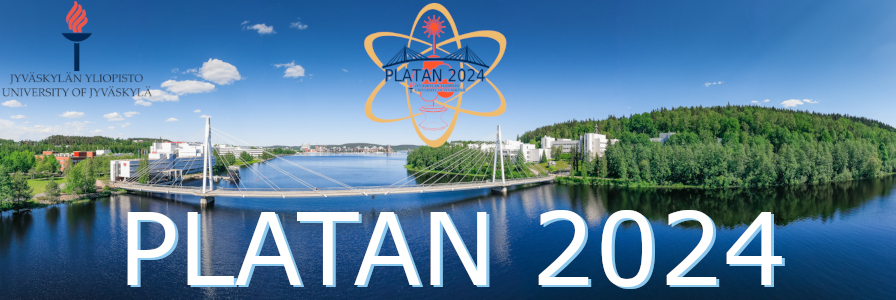Description
Laser resonance ionization spectroscopy in the ion source coupled to the isotope production target is proven to be a highly sensitive tool for nuclear structure investigations on isotopes with low production and extraction yields [1]. While the efficiency of this technique is unrivalled, the spectral resolution is ultimately limited by Doppler broadening. At the ion source temperature of ~2000 °C typically required for efficient operation, Doppler broadening results in a 1-10 GHz experimental resolution limit whereas precise measurements of nuclear magnetic and quadrupole moments often require resolving hyperfine structure splittings.
A new laser ion source design has been implemented at ISOLDE recently to provide in-source spectroscopy capabilities down to experimental linewidths of 100 – 200 MHz. It is based on the high beam purity Laser Ion Source and Trap [2, 3], featuring spatial separation of the hot cavity where potential ion beam contamination can arise from non-laser related ionization mechanisms such as surface ionization, and a clean laser-atom interaction region in an RFQ unit directly downstream, where solely element-selective laser ionization takes place. In the Perpendicularly Illuminated LIST (PI-LIST) [4], a crossed laser/atom beam geometry reduces the Doppler broadening by addressing the transversal velocity components of the effusing atom ensemble.
The applicability of this technique to ISOL facilities in general, its limits especially in terms of significant efficiency loss, and technical implementation challenges are discussed.
[1] V. Fedosseev et al., J. Phys. G: Nucl. Part. Phys. 44 084006 (2017)
[2] D. Fink et al., Nucl. Instr. Meth. B, 317 B, 417-421 (2013)
[3] D. Fink et al., Phys. Rev. X 5, 011018 (2015)
[4] R. Heinke et al., Hyperfine Interact 238, 6 (2017)

